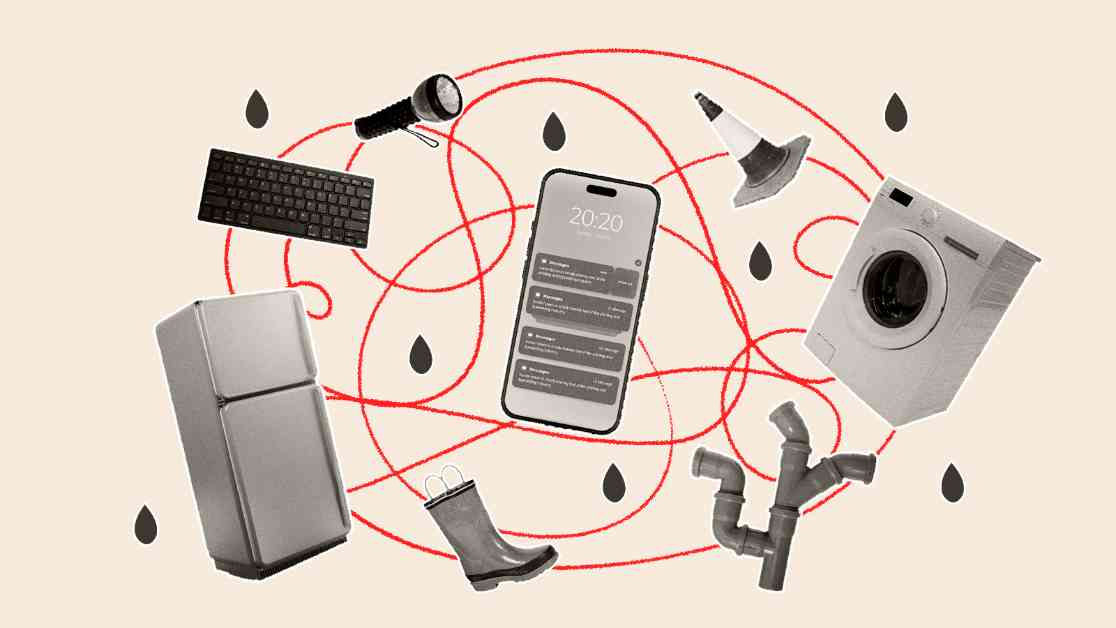Unlocking the Carbon Sink Potential of Your Gadgets
At any given moment, crude oil is being pumped up from the depths of the planet. Some of that sludge gets sent to a refinery and processed into plastic, then it becomes the phone in your hand, the shades on your window, the ornaments hanging from your Christmas tree.
The Technosphere: A Hidden Carbon Sink
Although scientists know how much carbon dioxide is emitted to make these products, there’s little research into how much gets stashed away in them. A recent study published in the journal Cell Reports Sustainability reveals that billions of tons of carbon from fossil fuels have been stored in gadgets, building materials, and other long-lasting human-made items, forming what researchers call the “technosphere.”
According to researchers at the University of Groningen in the Netherlands, 400 million tons of carbon are added to the technosphere’s stockpile every year, growing faster than fossil fuel emissions. However, if these objects are thrown away and incinerated, they could end up warming the atmosphere. In 2011, 9 percent of all extracted fossil carbon was stored in the technosphere, almost equaling the emissions from the European Union.
The Technosphere’s Impact
The term “technosphere” was coined in 1960 to describe how humankind has become engulfed in a world of manmade objects. The technosphere has expanded rapidly, surpassing the mass of all living beings. The challenge lies in managing the disposal of this vast amount of carbon trapped in human-made items.
Jan Zalasiewicz, a professor of paleobiology, highlights the wasteful nature of human production and warns of the consequences of not properly managing the technosphere. He emphasizes the need to address how the technosphere affects the biosphere and advocates for more sustainable practices.
Solutions for a Climate-Friendly Future
Researchers emphasize the importance of recycling, proper disposal, and reducing consumption to address the growing carbon sink in the technosphere. Designing products for longevity and recyclability is crucial to keeping carbon trapped for longer periods. Managing landfills effectively can also play a role in reducing carbon emissions and environmental impact.
Kaan Hidiroglu, one of the study’s authors, stresses the significance of responsible waste management and urges individuals to consider the environmental implications of their consumption habits. By questioning the necessity of excessive consumption and adopting eco-friendly practices, we can work towards a more sustainable future for our planet.














